Top 10 e-Commerce Websites in Malaysia
In the ever-evolving e-commerce landscape, BEST SOFTWARE ERP shines as an indispensable tool for e-commerce sellers. With its unmatched efficiency, streamlined order processing, and focus on personalized customer experiences, it propels businesses towards success in the competitive marketplace.
How big is the eCommerce market in Malaysia?
According to Statista, eCommerce revenue in Malaysia is predicted to peak at US$9.08bn in 2022. It also projects an annual eCommerce growth rate of 16.93% between 2022 and 2027, resulting in a predicted market volume of $19.84bn by 2027 with 56.0% user penetration.
According to e-Conomy SEA multi-year research programme, the Malaysian eCommerce market grew by 68% in 2021. This demonstrates a 47% year-on-year growth of online shoppers, as approximately 14.43 million Malaysians bought consumer goods online in 2021.
Relatedly, according to the Global Data Research Institute, Malaysian eCommerce payments are forecasted to increase to US$13.8 billion by 2025. This forecast is landed credibility by the fact that Malaysia’s internet penetration rate currently stands at 89.6% as of 2022.
According to eCommerceDB, Malaysia was ranked 35th globally in 2021, with a collective revenue of US$6.3 billion in 2021. In fact, the average annual revenue per online shopper for consumer goods in Malaysia is estimated at approximately US$566.
Top 10 eCommerce sites in Malaysia
The blog shared below constitute Malaysia’s most profitable eCommerce stores by revenue, popularity and traffic metrics. In addition to the growing popularity ofeCommerce in Malaysia, factors like simplified site designs, mobile responsiveness, strong UX/UI, etc also contribute to their popularity.
Shopee
Shopee is the leading eCommerce marketplace in Malaysia, with recorded revenue of $139 million in 2021. The platform has a relatively large product assortment comprising imports from China, and also multiple local sellers
For the most part, Shopee focuses more on delivering a mobile shopping experience for its diverse users. This mobile-first ethos is demonstrated across its UX design, which spells simplicity whilst maintaining good navigation and icon responsiveness.
In fact, the site offers a commoditized and algorithm-driven ecommerce environment—from the moment customers initially discover products, to when they make their first purchase.
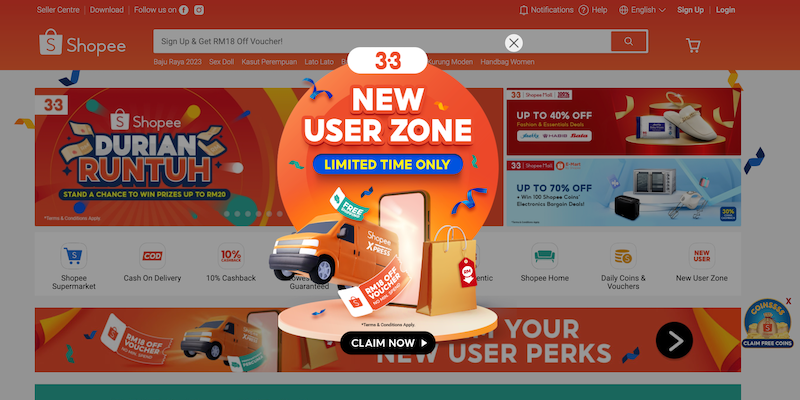
Lazada
Launched in 2012, Lazada is one of the largest eCommerce platforms in Southeast Asia. Later acquired by the Alibaba Group, Lazada maintains an advanced fulfilment and shipping options, with a comprehensive product assortment and multiple flexible payment options.
For example, buyers can employ everything from bank cards, over-the-counter (OTC) payments to cash-on-delivery (COD), etc.
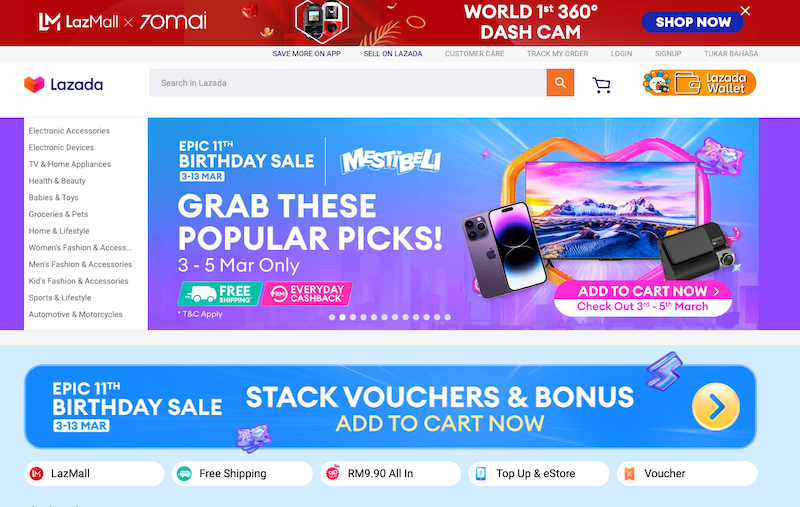
Lazada’s UX experience is mainly centred around a desktop experience and mobile experience to facilitate advanced cross-border selling. With that theme, it maintains an easy user flow with advanced search functions. For example, algorithmic auto-complete suggestions that allow for in-depth search by product name and model number.
TikTok
TikTok Shop, the ecommerce arm of the global short-video app, has rolled out its online shopping platform in Malaysia.
Business owners in the country can start signing up to sell goods using their TikTok accounts. The platform, which can recommend products to its mobile app users, charges a 1% payment service fee to merchants.
TikTok Shop aims to support small businesses that have not yet set up physical stores due to high investment costs, the company said in a statement.

Taobao
Originating from mainland China, Taobao is a popular eCommerce marketplace and retail platform utilised across various southeast regions. With over 500 million registered users and 60 million active visitors, Taobao provides access to a large variety of products at fairly competitive prices.
For example, electronics, home appliances, and lifestyle products.
The eCommerce site’s UX offers convenience for users through intuitive icons that help them to find goods categories quickly. Additionally, users can easily scale product photos for better decision-making.

Lelong
Lelong is one’s Malaysia’s most popular local eCommerce websites. Launched in 2007, the B2C marketplace, recording an average monthly traffic of 5.4 million visits.
The website charges sellers commission for every sale and also sells sponsored ads for product promotion. This business model guides its intuitive UX theme that focuses on ensuring visitors do not get disrupted by ads whilst shopping. It also exploits eye-catching imagery and compelling copy to immediately tell visitors what the site is for.

eBay
Originally from the US, eBay began as an auction and used products marketplace. However, later on, eBay became the world’s third-largest general eCommerce marketplace.
The eBay Malaysia iteration is well established and has grown since its inception in 2004. eBay’s UX theme is minimalist, with a central focus on the user. For example, the site’s header image is simple, and its search bar is consistent with the rest of the site.
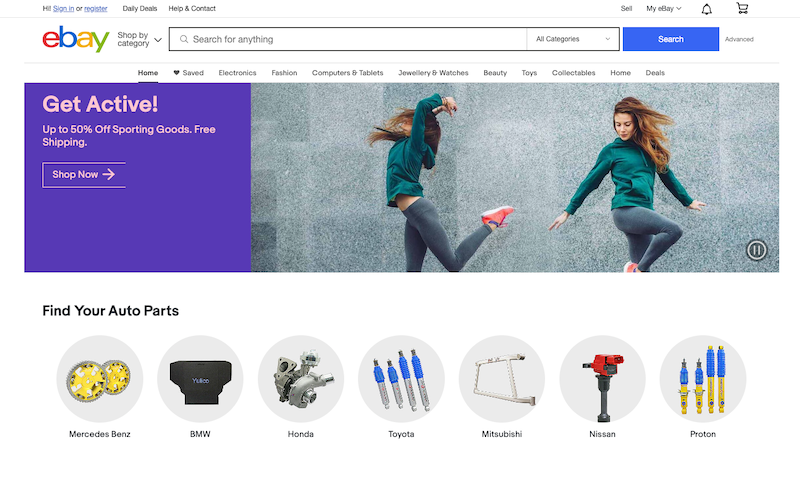
GoShop
The Go Shop marketplace provides its visitors with a multi-channel retail UX experience. The UX design focuses on delivering home shopping convenience, supplemented by a 24-hour television channel.
In practice, customers can place orders either via their mobile application or phone call at home. In addition, the marketplace offers a wide range of products, including electronic appliances, kitchenware, beauty, health & fitness, and fashion accessories.
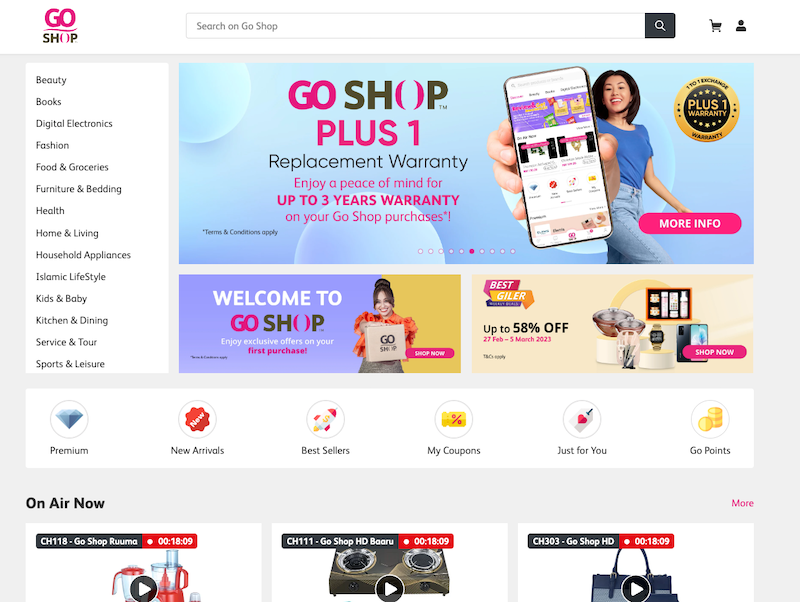
Mudah
Established in 2007, Mudah is the biggest eCommerce website in Malaysia for classified listings. The Monthly traffic of the website is approximately 12 million visits.
Because Mudah doesn’t run the process of buying and selling products, its UX theme focuses on connecting buyers and sellers.
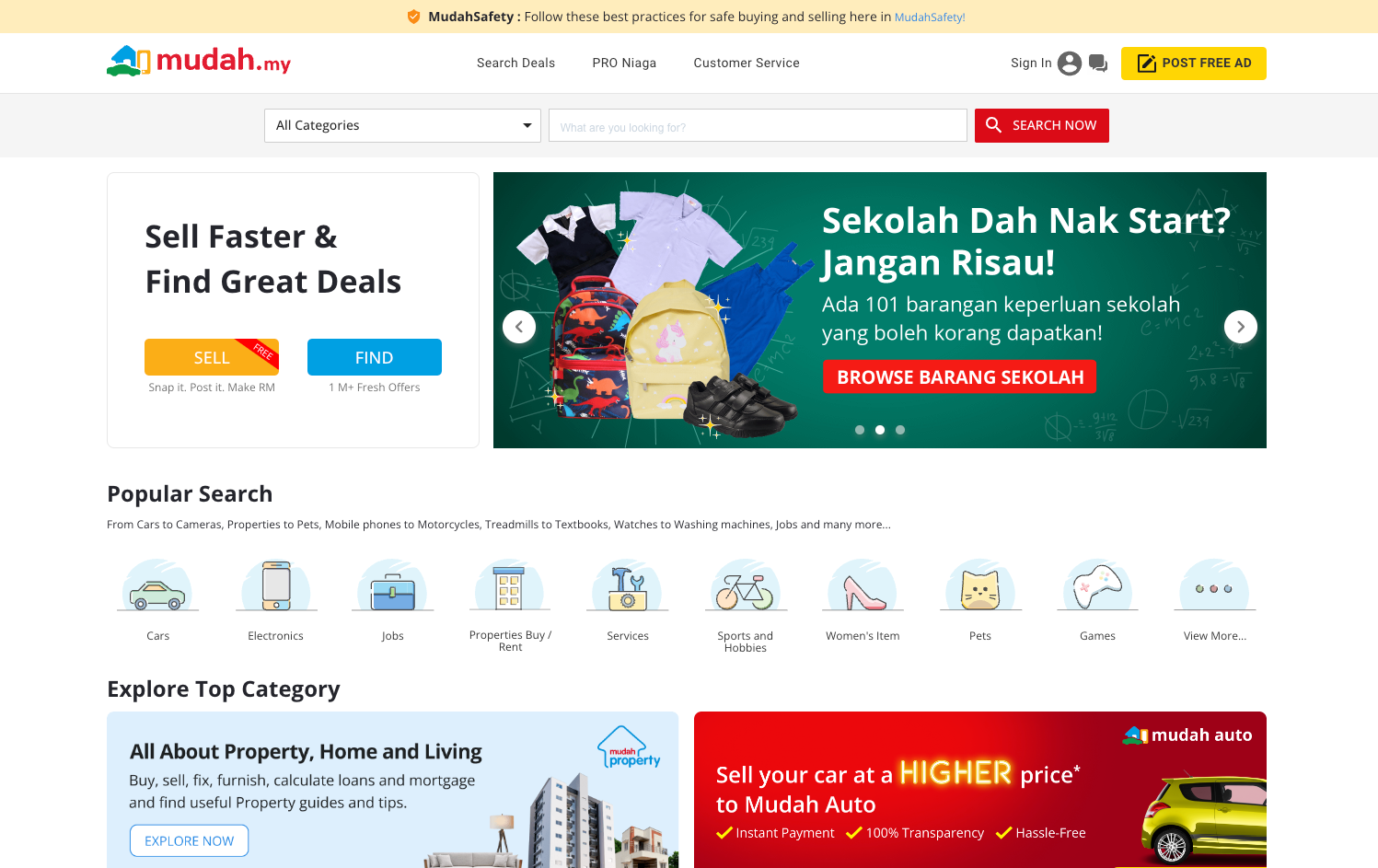
Qoo10
Founded in 2010 in Singapore, Qoo10 offers a wide variety of products like food & dining, baby & kids, home & living, women & men’s fashion, beauty & health, and digital & mobile products.
The main aim of the UX theme throughout the website is to magnify sellers’ competencies with quick access to fastshipping, integrated logistics solutions, and advanced fulfilment solutions.

Furthermore, Qoo10 focuses on small and medium-sized merchants whilst offering clever graphics and interactive galleries to facilitate the user journey.
Ezbuy
Ezbuy enables Malaysian buyers to buy products that do not usually ship to Malaysia. Essentially, it acts as a third-party bridge to receive products typically sold on sites like Amazon US, Amazon Japan, and Tmall. In practice, the website charges buyers a service fee from the retail price of the item they have bought.
Fundamentally, the site’s UX is effective since it focuses on the product and avoids unnecessary distractions. It also deploys a unique box layout for browsing quickly through products, with many dynamic images that move to interact with the customer.
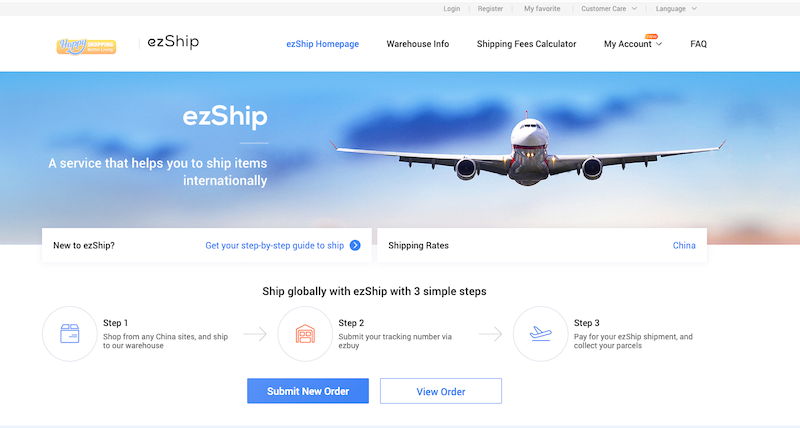
Three points highlighting the importance of BEST SOFTWARE ERP to e-commerce sellers:
-
Unmatched Efficiency and Centralized Control:
BEST SOFTWARE ERP brings unmatched efficiency to e-commerce sellers by centralizing and automating critical processes. With its seamless integration to marketplaces, businesses can manage orders, inventory, and customer data from a single, intuitive platform. The real-time synchronization ensures up-to-date information, empowering sellers to make informed decisions swiftly and effortlessly. By eliminating the need for manual data entry and reducing time-consuming tasks, BEST SOFTWARE ERP optimizes operational efficiency, allowing sellers to focus on strategic growth initiatives.
-
Streamlined Order Processing and Fulfillment:
In the fast-paced world of e-commerce, quick and accurate order processing is crucial for customer satisfaction. BEST SOFTWARE ERP's integration with marketplaces enables automatic order capture and updates, ensuring a seamless order fulfillment process. Sellers can track orders in real-time, manage inventory levels effectively, and streamline shipping and delivery operations. The result is an expedited and error-free order fulfillment process, which translates to improved customer experiences and enhanced loyalty.
-
Personalization and Customer Engagement:
BEST SOFTWARE ERP empowers e-commerce sellers to provide personalized experiences to their customers. By consolidating customer data from marketplaces, the ERP system allows businesses to gain valuable insights into customer preferences, behaviors, and purchase history. Armed with this knowledge, sellers can tailor their marketing strategies, offers, and promotions to cater to individual customer needs. The result is a heightened level of customer engagement, improved customer retention, and increased brand loyalty.
Conclusion:
In the ever-evolving e-commerce landscape, BEST SOFTWARE ERP shines as an indispensable tool for e-commerce sellers. With its unmatched efficiency, streamlined order processing, and focus on personalized customer experiences, it propels businesses towards success in the competitive marketplace. Embrace BEST SOFTWARE ERP and unlock the full potential of your e-commerce venture – a journey that promises increased productivity, profitability, and a satisfied and loyal customer base.
01 Aug 2023











